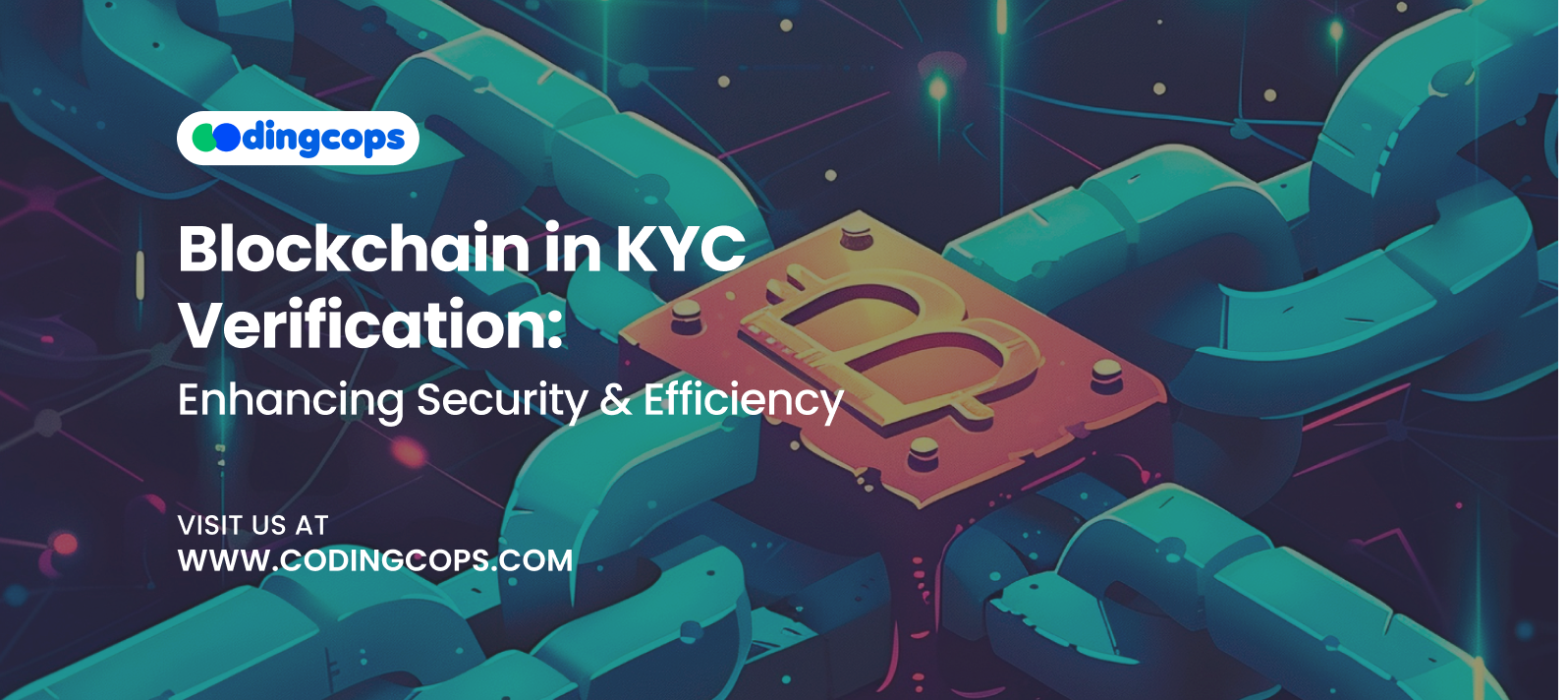When choosing a front-end framework for your project, people often prefer speed, performance, and efficiency. If all these features are combined, nothing can be good more than that for developers.
React has been a top contender for front-end development, but Inferno has also made its mark for its exceptional credibility, performance, and smaller footprint.
So, which one to choose: React or Inferno? Let’s leave this step till the end of this blog and explore what React and Inferno are and what explosive features they possess.
Let’s start our journey!
What is React?

React is a front-end development framework of JavaScript that is bound to build interactive user interfaces for simple, large, and complex web applications. It is one of the most popular front-end frameworks and a top choice for developers.
Features of React

- Component-Based Architecture
React possesses a component-based architecture that allows developers to create applications using reusable UI components. This feature of React promotes cleaner and modular code.
- Virtual DOM
Utilizing the Virtual DOM in React increases efficiency by updating the changes in only those parts that have been manipulated.
- One-Way Data Binding
One-way data binding gives a predictable flow, simplifying the debugging process and building stable applications.
- JSX Syntax
React integrates HTML-like syntax within JavaScript. It makes the UI development process more intuitive.
- Extensive Ecosystem
React has a vast ecosystem offering countless libraries, and tools that make it more developer-friendly.
Pros and Cons of React
| Pros | Cons |
| React’s rich ecosystem has a vast array of third-party libraries, tools, and extensions. | Frequent updates create difficulties for developers. |
| With its component-based architecture, you can opt for the modular approach and reuse the build components. | Steeper learning curve for beginners. |
| Virtual DOM optimizes the UI rendering, allowing the rendering of only the changed components. | React’s Virtual DOM may struggle to handle frequent, large-scale updates. |
| React hooks promote clean and concise code. |
What is Inferno?

Compared to React, Inferno is a lightweight JavaScript library that furnishes high-performance capabilities with a faster and more efficient model. Created in 2016, it was built to be like React having an emphasis on speed, especially on rendering.
Features of Inferno

- Smaller Package Size
Inferno comes in a small package size that makes it extremely suitable for performance-sensitive projects.
- Faster Rendering
The diffing algorithm and lifecycle management of Inferno allow it to give optimal performance.
- JSX Compatible
Inferno also supports JSX which makes it easier for React developers to make the transition between the two.
- Built-in Server-Side Rendering
Inferno is ideal for building SEO-optimized websites as it offers built-in server-side rendering.
Pros and Cons of Inferno
| Pros | Cons |
| Inferno gives high performance due to its optimized diffing algorithm and small size. | Smaller ecosystem compared to React. |
| It allows built-in server-side rendering, improving performance and SEO ranking of the site. | Fewer built-in features. Developers need to build many things from scratch. |
| Inferno also supports JSX which leads to clean syntax. | |
| Inferno’s lifecycle management is highly optimized for fast updates and re-renders. |
React vs. Inferno: Core Differences Explained

Now, as we are done with the short intro of both frameworks and pros & cons, let’s get to the real business. In this section, we will explore the core differences between React and Inferno.
- Performance
React gives excellent performance with its Virtual DOM. However, as applications grow in size and complexity, the virtual DOM can become slower when dealing with larger datasets.
On the other hand, Inferno is designed specifically for speed. Its optimized diffing algorithm and lifecycle even handling make it significantly faster in many scenarios, particularly in applications that require frequent, dynamic updates.
- Rendering Speed
React is the choice of many developers due to its good performance in most applications. However, frequent updates or large data may slow it down.
As far as rendering speed is concerned, Inferno outperforms React, even in complex or heavy data applications.
- Server-side Rendering
In React, you will need additional libraries like Next.js to handle the server-side rendering easily and effectively. Whereas Inferno comes with built-in server-side rendering that makes it a wonderful choice for users who want SEO-optimized sites.
- Compatibility
React is mostly compatible with all browsers including modern-day and legacy browsers. On the other side, in Inferno, you may face difficulties while matching compatibility with old browsers.
- Syntax
The syntax of React and Inferno are similar. They differ in the area of Hooks, as there are no Hooks present in Inferno. Moreover, React doesn’t support CSS properties whereas Inferno does.
Which One Should You Use?
Opt for React, If:
- Building complex or large-scale applications demands a wide range of third-party tools and libraries.
- You already have an in-house React development team.
- Compatibility against modern-day and legacy browsers is your preference.
Opt for Inferno, If:
- You prefer performance in dynamic web applications.
- You need server-side rendering for your project.
- You don’t need third-party tools or libraries to complete your project.
Conclusion
Both React and Inferno are powerful front-end frameworks that build high-performing dynamic web applications. Talking about React, it is highly flexible and the large ecosystem gives it a lead over its competitors.
On the other hand, Inferno shines when you demand more speed and performance with server-side rendering in your projects.
So, the choice is yours. You choose a platform according to your project needs.



















